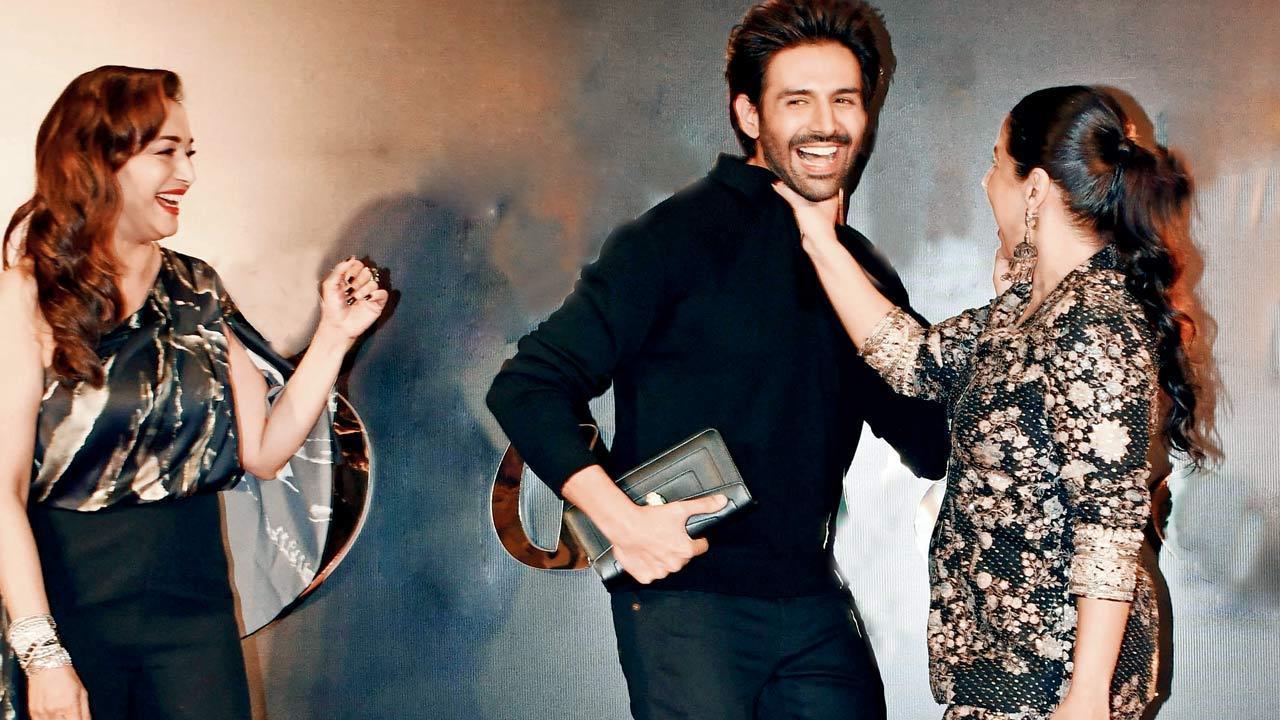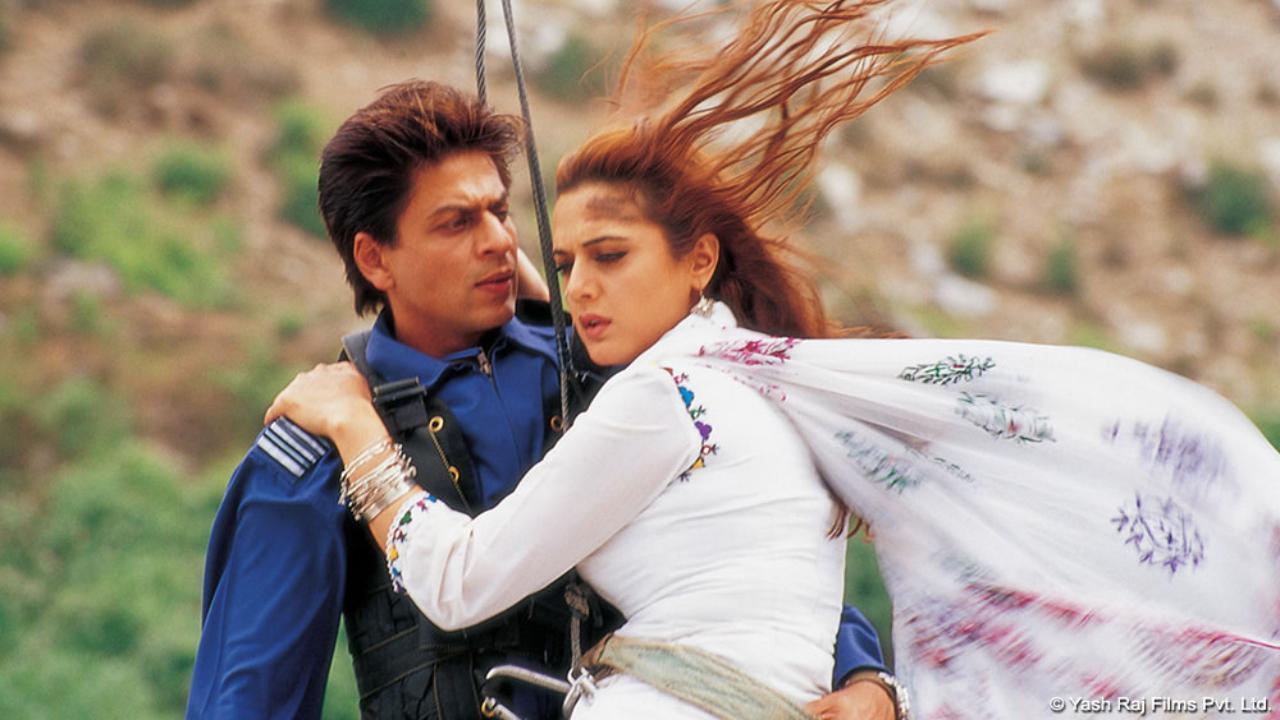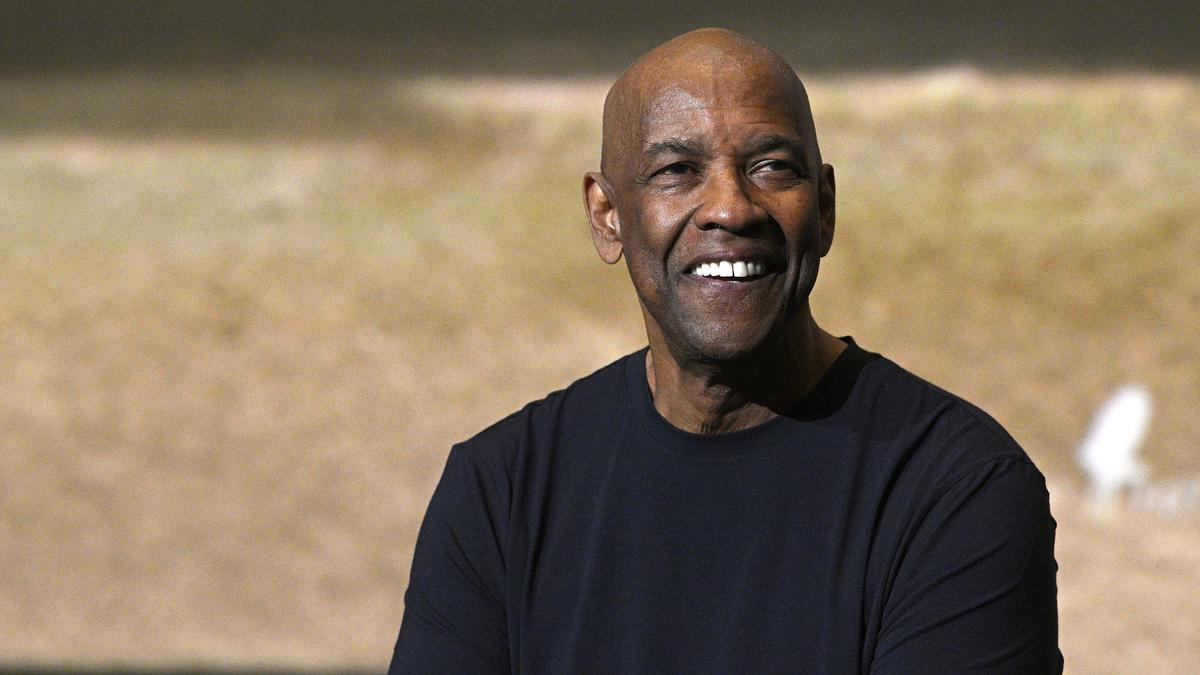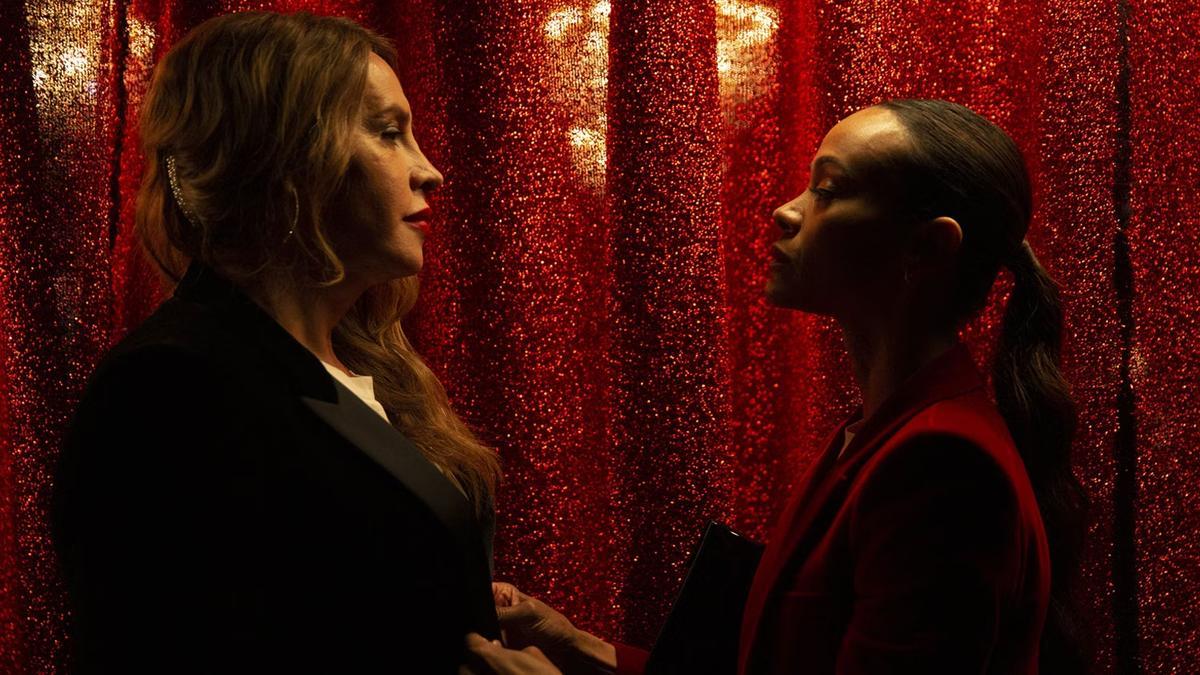
The Malayalam film industry is currently revelling in the success of a cinematic masterpiece, as director Rahul Sadasivan’s monochromatic marvel “Bramayugam” garners rave reviews and robust box office returns. The horror thriller, featuring the iconic Mammootty, is being celebrated for its unprecedented approach to filmmaking within the regional industry. Set against the backdrop of 17th-century Malabar, “Bramayugam” unfurls within the ominous walls of a decrepit mansion, the abode of the enigmatic Koduman Potty played by Mammootty, his cook portrayed by Sidharth Bharathan, and unexpected refugee, Thevan, brought to life by Arjun Ashokan.
Sadasivan’s work prior to “Bramayugam” includes the science fiction “Red Rain” and, most notably, the acclaimed “Bhoothakalam”, another horror venture. It is this array of distinctive thrillers that set the stage for the director’s foray into folklore-based horror. “Bramayugam” seamlessly integrates chilling narratives with atmospheric settings, and poignant performances, all of which are amplified by a high-caliber production design, striking cinematography, and an evocative musical score.
The inspiration for “Bramayugam” has deep roots in folklore and Sadasivan’s personal reveries of rural Palakkad. The visual tapestry of heritage houses and their landscapes vividly influenced his storytelling. The confidence to approach film stalwart Mammootty with this vision came on the heels of the overwhelming success of “Bhoothakalam”. The director was adamant that the film’s period narrative be presented in black and white, and following a test shoot that perfected the grading and texture, Sadasivan’s conviction only strengthened. The legendary Mammootty, at 72, continues to stun audiences with his versatility, embodied in the striking character of Koduman Potty.
Sidharth and Arjun complement the cast with equally commendable performances, having been selected among many to occupy significant roles alongside Mammootty. Sadasivan emphasizes his method of, working with a detailed storyboard to maintain clarity and cohesion in the filmmaking process, attributing much of this to his strong crew who shared his creative vision.
The painstaking creation of “Bramayugam”‘s visual world was no small feat. Spanning over 50 days of shooting, the production involved meticulous preparation, with art director Jothish Shankar erecting the monumental mana in Ottappalam. Production went to great lengths to immerse the film in authenticity, from nurturing wild grass for two months to establishing a kitchen that narratively evolved from filthy to revealing. Fascinatingly, the director also highlights rain as an almost sentient element within the story, an atmospheric force that amplifies the sensation of dread and captivity.
“Bramayugam” not only explores its titular location but also traverses the dense forestry of Malayattoor and the majestic Athirappilly waterfall, shot from innovative angles to avoid clichéd portrayals. The collaboration with cinematographer Shehnad Jalal, who also lensed “Bhoothakalam”, resulted in a black-and-white film that exudes charm and timelessness. Composer Christo Xavier received unanimous approval with demo scores that aligned precisely with the director’s vision.
The realization of “Bramayugam” owes much to the committed producers at Night Shift Studios, an offshoot specializing in horror under the larger YNot Studios banner. The producers, captivated by Sadasivan’s pitch, offered unwavering support for his ambitious period piece, resulting in a substantial production budget that did not include promotional expenses.
With “Bramayugam” now captivating audiences and critics alike, director Rahul Sadasivan humbly considers his future storytelling prospects, hinting at potential continuations of his unique blend of horror. Audiences are left with the assurance that Sadasivan’s reservoir of concepts will keep them engrossed and enthralled for years to come.










